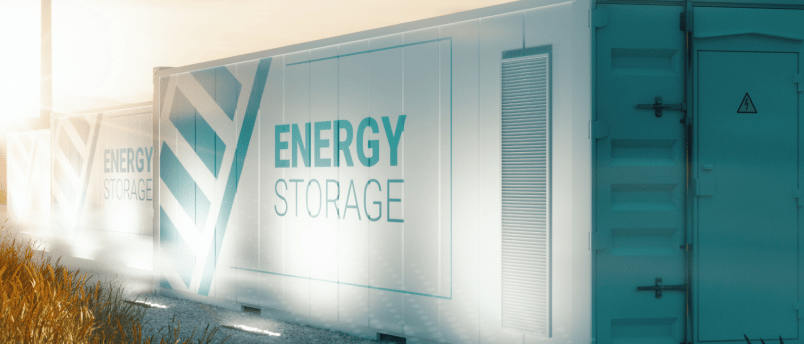How BESS Can Help Data Centers Build a Sustainable Future
2 min read


Battery energy storage systems (BESS) are emerging as a crucial solution for data centers facing the dual challenge of increasing power demand and sustainability. By storing and distributing electricity when needed, BESS helps stabilize power supply, reduce dependence on fossil-fuel backup systems, and maximize the use of renewable energy—making it a key tool for decarbonization in the industry.
The Growing Energy Challenge
With the rise of AI computing, industrial production, and electric vehicles, global electricity demand is growing at its fastest pace in years. Data centers are a major contributor, and their energy use is expected to keep rising. AI-driven data centers alone are projected to increase their power consumption by nearly 45% annually, reaching 146.2 terawatt-hours (TWh) by 2027. Some hyperscale facilities now use as much power each year as hundreds of thousands of electric vehicles.
With these mounting pressures, BESS is gaining traction as a way to improve energy efficiency, enhance grid reliability, and support the industry’s shift toward cleaner energy.
What Is BESS?
BESS stores and releases electricity as needed, increasing the efficiency, stability, and flexibility of power systems. For data centers, where reliability is critical, BESS can help smooth out energy fluctuations, reduce losses from grid inefficiencies, and optimize power distribution.
The energy storage market is growing rapidly, with global capacity expected to increase significantly over the next decade. This reflects the rising adoption of technologies like BESS as data center operators seek more sustainable ways to meet energy demands.
How BESS Benefits Data Centers
BESS provides several key benefits that address both energy challenges and sustainability goals:
• Backup Power & Reliability: BESS can act as a backup power source during outages, ensuring continuous operations.
• Peak Demand Management: By storing excess energy and discharging it during high-demand periods, BESS reduces strain on the grid.
• Renewable Energy Integration: BESS helps data centers rely more on wind and solar energy by storing power for use when generation is low.
• Grid Stability: By balancing supply and demand, BESS contributes to a more stable and efficient energy system.
For example, a 300 MWh BESS deployment in Virginia is helping balance AI-driven energy demand with the state’s renewable energy goals, creating a cleaner and more resilient power system.
Challenges to Adoption
Despite its benefits, several hurdles remain:
• High Upfront Costs: While BESS offers long-term savings, the initial investment can be significant.
• Scalability: Large-scale adoption, especially for hyperscale data centers, is still developing.
• Regulatory Uncertainty: Inconsistent policies can slow deployment, though international standards are helping create a framework for adoption.
Future-Proofing Data Centers with BESS
To remain competitive and sustainable, data centers must manage power efficiently while meeting environmental goals. BESS provides a practical, scalable way to reduce carbon footprints and integrate more renewable energy.
By adopting BESS, companies demonstrate a commitment to sustainability, social responsibility, and sound governance practices. It’s not just about reducing costs—it’s about positioning for long-term success in a world moving toward cleaner, more resilient energy systems.
Get in touch with us
Let's find perfect real estate for your data center in Florida.
Northern & Central Florida
Jacksonville - orlando - tampa
andrey@datacenteragent.com
331-399-2365
© 2024. All rights reserved.
